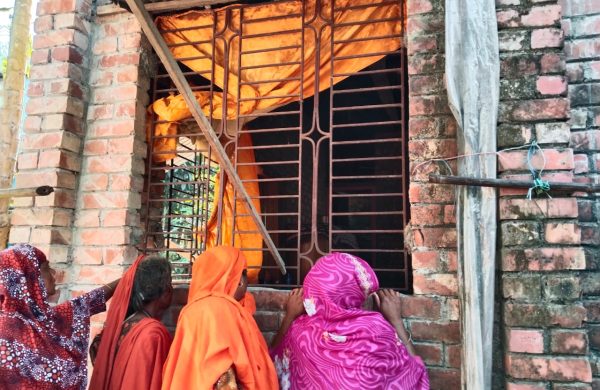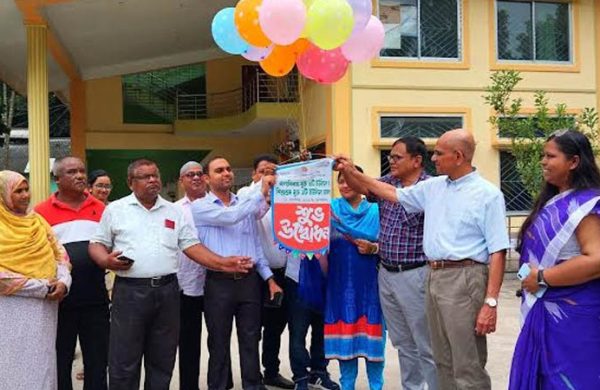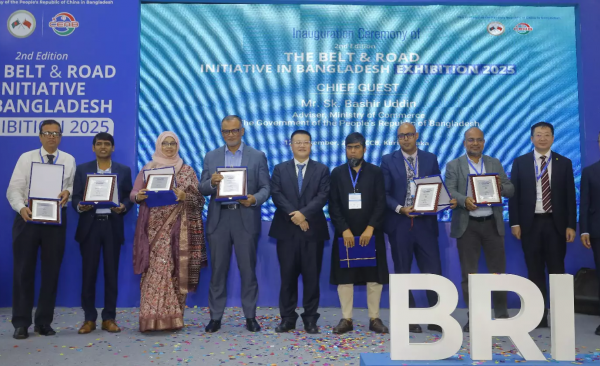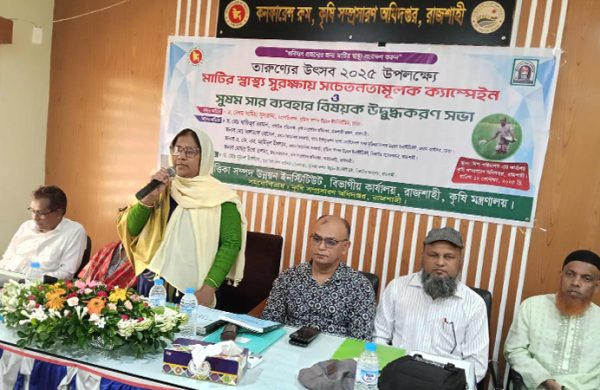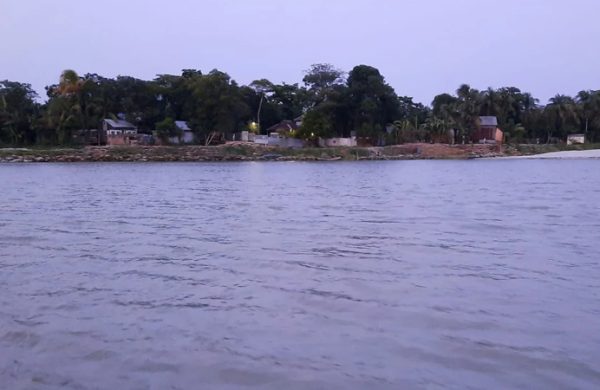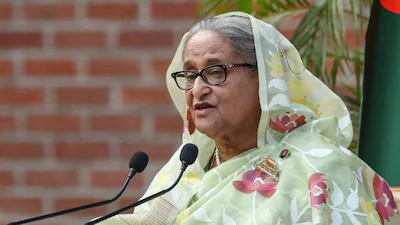Hospitality or Hassle? Tourism sector needed balance
- Update Time : Monday, June 10, 2024
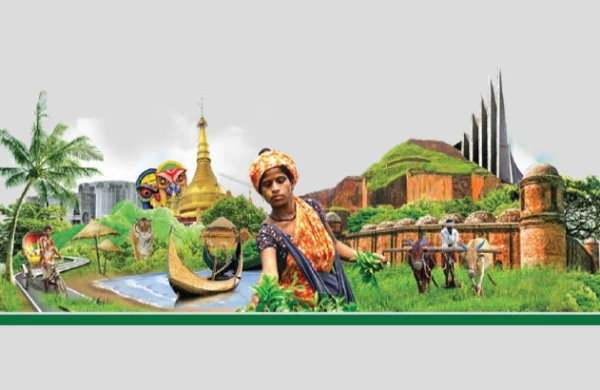
—Nihal Ahmed—
Tourism industry in Bangladesh comprises many beautiful natural landscapes, historical sites and cultural aspects. The country has serene beaches, historic mosques, vibrant tea estates etc.
offering a wide range of experiences to the tourists of all ages and interests. While its natural beauty has long captivated domestic travellers, Bangladesh’s tourism industry is witnessing a rise in international travellers, demonstrating its potential as a significant contributor to the national economy.
A significant portion of the country’s GDP comes from the tourism and hospitality industry. The industry now contributes more than 3% of the GDP, bringing in revenue of $13.8 billion, up from a meagre 0.066% in 1995. Additionally, analysts are optimistic about the future, projecting a steady annual growth rate of 4.8% from 2024 to 2028.
The surge in foreign tourists, estimated to have reached 0.7 million in 2023 alone, is driving this expansion, and by 2028, it may reach a potential market size of $2,634 million. This projected growth suggests a promising industry with enormous potential.
The country’s popular tourist destinations include Cox’s Bazar sea beach, Saint Martin Island, and the stunning Chittagong Hill Tracts, known for their tribal communities, which are highly sought after by local tourists (70% in 2023). Cox’s Bazar is unquestionably the crown jewel, drawing travellers of all ages looking for pleasure.
Saint Martin’s Island, known for its crystal-clear waters and relaxed atmosphere, offers similar comfort-driven experiences. These areas offer top-notch facilities and a diverse range of services for families, senior citizens, and adults.
However, Bangladesh’s tourism sector is appealing, even outside of these well-known hotspots. The excitement of discovering hidden gems in remote locations attracts younger and more adventurous people.
Bandarban, Khagrachhari Rangamati, and other hillside regions offer breath-taking scenery and immense opportunities for trekking, wildlife spotting, and experiencing unique tribal cultures.
The arrival of tourists in Bangladesh exhibits a seasonal trend, with an increase in activity from September to March, when temperatures are milder and more pleasant.
This time frame provides opportunities for more pleasurable outdoor activities. While Cox’s Bazar and the Chittagong Hill Tracts experienced growth in tourism in 2023, Sylhet and Kuakata did not get the expected numbers of visitors. This shows the necessity of having a well-rounded development strategy so that all areas may reap benefits of the tourist boom.
Despite the growth of Bangladesh’s tourism industry, a closer investigation reveals that both local and foreign visitors experience a range of difficulties.
Proper resolution of these issues can enable the sector to realise its full potential. Tourist hotspots such as Cox’s Bazar, Sylhet, Saint Martin, and Sajek are dealing with the issue of overcrowding. Hotels and resorts frequently experience high volumes of visitors, particularly during peak seasons and holidays, which can sometimes surpass their maximum capacity. This creates a disappointing and unpleasant experience for individuals seeking relaxation.
One traveller commented, “Securing a decent hotel room in Cox’s Bazar during the Eid holiday was an absolute nightmare. Even with full reservations, the sheer volume of individuals swamped the facilities.” Many people share this sentiment, which causes frustration and hinders a peaceful vacation.
Transportation syndicates are another major challenge. When a tourist destination gains popularity, certain groups tend to increase transportation and resort charges, causing inconvenience to the tourists. Visitors, particularly those unfamiliar with the region, frequently become the targets of such exorbitant charges.
A foreign visitor reported, “The taxi fare from the airport to Cox’s Bazar beach had doubled compared to the quoted price. It seemed as though they were capitalising on my unfamiliarity with the local rates.” Moreover, the lack of consistent pricing for accommodation can be confusing and frustrating for tourists. A tourist remarked, “Reserving a hotel in Sylhet felt torturous.
The owners seemed to set their own rates, charging whatever they thought they could get away with.”
Additionally, travellers are frequently made to pay outrageous prices for lodging and transportation, especially during peak seasons. One traveller mentioned, “The costs for transportation and accommodations during holidays are tormenting! It seems as though they are exploiting individuals who have limited options to choose from.”
This “game of extortion,” as the interviewee described it, is highly detrimental to the experience of visitors and the reputation of Bangladeshi hospitality.
Safety concerns are also overshadowing Bangladesh’s tourism potential. Instances of robbery and harassment can have a long-lasting negative impact on tourists. “My bike was stolen while I was traveling in Bangladesh,” expressed a solo traveller with a hint of disappointment.
If the country’s tourism industry has to achieve its full potential, it must overcome all these shortcomings. The government should take steps towards offering a more pleasant experience to the tourists. It is necessary to reduce overcrowding and ensure consistent pricing. Besides, infrastructure development in less-developed destinations will bring in a more diverse group of tourists.
Furthermore, implementing safety measures, providing comprehensive hospitality training, and encouraging cultural exchange can help create a warm and welcoming atmosphere for the tourists. These initiatives will not only improve tourist satisfaction but will also stimulate repeated trips and favourable promotions, resulting in a substantial boost in the tourism sector of the country.
(The writer is a student of Jagannath University)








